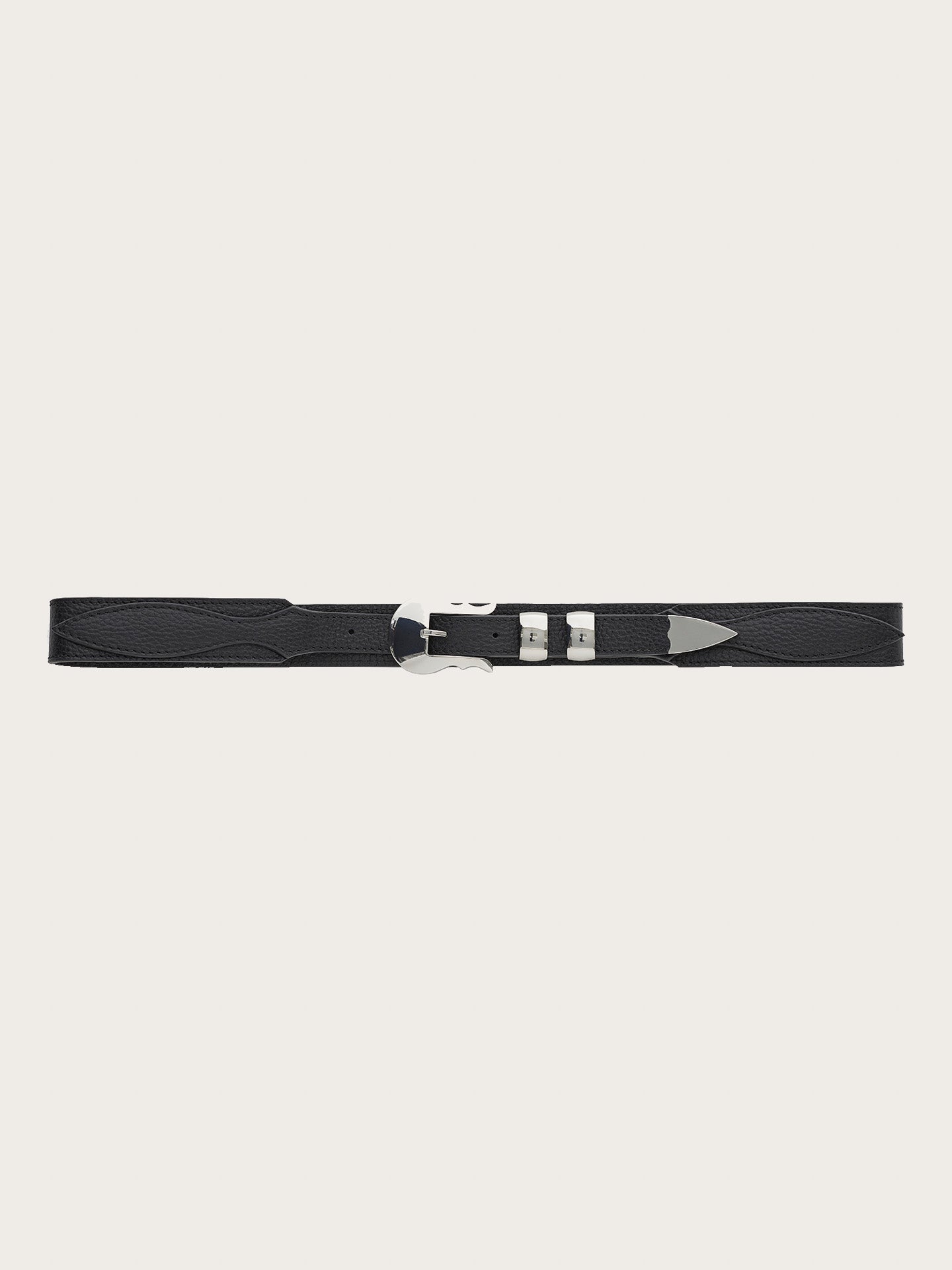The History of the Ranger Belt: Origins and Evolution
The Ranger belt is a distinctive type of leather belt characterized by its wide body and narrow billet straps, which serve as both a functional and aesthetic element. The origins of the Ranger belt date back to the mid-19th century, when it was developed by the Texas Rangers to meet the practical needs of carrying heavy firearms, such as the Colt Walker six-shooter. This historical innovation allowed Rangers to carry sidearms securely while ensuring the belt was comfortable to wear for extended periods, even in rugged conditions.
Origins in the Texas Rangers' Practical Needs (Mid-1800s)
The Texas Rangers were a frontier law enforcement group tasked with maintaining order in the turbulent and often violent environment of the Texas frontier. During the mid-1800s, Rangers began carrying heavy sidearms, including the Colt Walker, one of the most powerful handguns of its time. The weight and size of these guns posed a challenge for traditional belts, as they were too narrow to support the heavy holsters. As a solution, Rangers designed a new kind of belt with a wider main strap for strength and stability, but added narrower billet straps at the front, making it easier to fasten without pinching the wearer’s waist (Hofsommer, 1980).
This design was inspired by the cinch straps used on Western saddles, which feature a protective underlayer to prevent pinching while providing a secure fit. The Ranger belt’s wide back strap supported the holster and weapon, distributing the weight more evenly across the body, while the billet straps allowed for easy adjustment and tightening. This combination of functionality and comfort made the belt ideal for carrying heavy firearms on long patrols (Whitley, 2010).
Adoption by Lawmen, Outlaws, and Hollywood Westerns
The Texas Rangers were not the only ones to adopt the Ranger belt; its functionality made it popular with lawmen, outlaws, and gunslingers throughout the American West. By the late 1800s, the belt had become part of the unofficial uniform of many figures associated with the Old West, including sheriffs, marshals, and bounty hunters. Its association with the rough-and-tumble frontier lifestyle gave it an enduring appeal, and it soon became symbolic of Western masculinity and independence (Jordan, 1995).
The Ranger belt gained further cultural significance in the 20th century with the rise of Hollywood Westerns. Actors portraying famous cowboys and lawmen, including John Wayne and Clint Eastwood, often wore Ranger belts in their films, solidifying the belt’s iconic status in American popular culture. The belt’s distinctive shape became synonymous with the archetypal image of the American cowboy, and it was celebrated as a symbol of rugged individualism and frontier justice (Jones, 2002).
Modern Revival and Fashion Integration
Although the Ranger belt was originally developed for practical use, it has evolved into a fashion statement in modern times. Today, many Western wear brands and luxury leather makers continue to produce Ranger belts, often incorporating traditional elements like the billet straps and wide body design while also experimenting with modern materials and finishes. The belt's unique combination of functionality and style has allowed it to remain popular both in Western wear circles and in broader fashion, where it is appreciated for its rugged yet refined design (Mackey, 2015).
Commercialized Versions of the Ranger Belt
As the Ranger belt moved from its original, utilitarian function into modern fashion and Western wear, its design was further adapted for commercial use. The commercialized versions of the Ranger belt often feature a narrower body than the traditional Ranger belts used by the Texas Rangers. These modern designs are offered in two main styles: the straight version and the tapered version.
- The straight version maintains a uniform width throughout the belt's length, much like its traditional counterpart.
- The tapered version features a body that gradually narrows towards the buckle area, enhancing both aesthetic appeal and comfort (Jordan, 1995).
These design modifications have allowed the Ranger belt to become more versatile, appealing not only to Western wear enthusiasts but also to the broader fashion industry, where the belt is appreciated for both its historical significance and its functionality (Whitley, 2010).
Conclusion
The Ranger belt, developed by the Texas Rangers in the mid-1800s, represents a unique blend of functionality and cultural symbolism. Originally designed to support the weight of heavy sidearms, the belt’s wide strap and narrower billets provided a practical solution to the challenges of frontier life. Its adoption by lawmen, outlaws, and cowboys solidified its place in Western history, while its iconic design was further popularized by Hollywood Westerns. Today, the Ranger belt continues to be celebrated for both its rugged practicality and timeless appeal.
References
- Hofsommer, D. L. (1980). The Texas Rangers: A Historical Overview. University of Texas Press.
- Whitley, J. (2010). The Guns of the West: Firearms and Frontier Lawmen. Historical Society of the American West.
- Jordan, T. (1995). The Frontier Lawmen: The Real Stories Behind Western Legends. New Mexico Historical Review.
- Jones, J. (2002). Hollywood and the Myth of the American West. University of California Press.
- Mackey, R. (2015). Western Wear: Fashion and Function in the American West. American Western Heritage Publishing.
sneum.com
Ranger belt straight
Share

sneum.com
Ranger belt
Share



